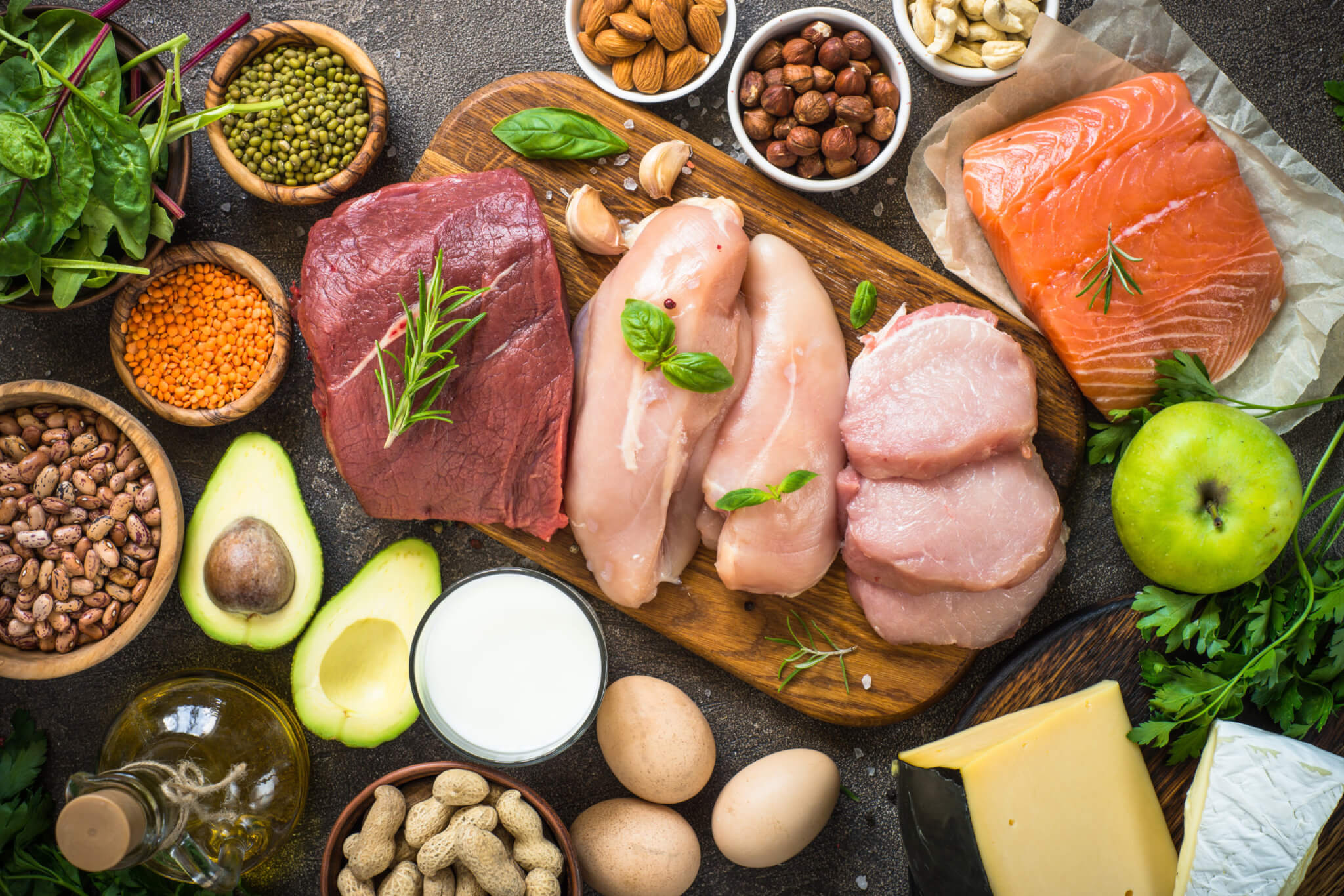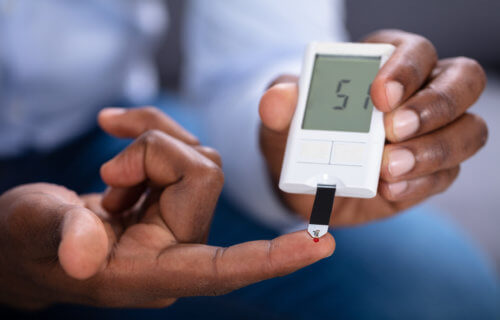It’s 9 a.m. and you’re scarfing down a blueberry muffin from your local bakery. Before you know it, an hour passes and you’re wondering where lunch is. This is typical when you eat something high in simple carbs with nothing to stop it from spiking your blood sugar.
Blood sugar can be difficult to manage, and there are several factors that go into keeping things in line. Eating a versatile diet, managing stress, and getting good exercise are some ways that can help. However, there is one habit that is easy to pick up and has nothing to do with keto: including protein with every meal.
Why protein?
High-protein diets have grown in popularity over the last few years, and that isn’t a bad thing. Protein minimally affects blood glucose levels. Unlike refined carbohydrates, which can easily spike blood sugar, protein can help stabilize your levels and slow the absorption of simple sugars.
Eating foods like bagels, pasta, and crackers by themselves raises blood sugar much quicker than if you were to pair these foods with protein. You might feel satisfied for the moment but will feel hungry again soon after thanks to the rapid blood sugar response. Protein is also considered the most satisfying macronutrient, meaning you are much less likely to overeat when you have a meal that is protein-heavy.

7 ways to incorporate protein into your diet
Here are some examples of ways I prioritize protein in all of my meals as a registered dietitian:
1. Instead of eating just plain white pasta with sauce, give chickpea pasta a try from a brand like Banza or Goodles, and add in your protein of choice, like ground turkey.
2. Instead of eating plain white toast with butter for breakfast, try a whole grain bread with a little more protein and fiber (which also helps with blood sugar balance), and topping it with eggs.
3. Instead of downing the bag of pretzels for your after-work salty snack, put some on a plate and add additional components like some deli turkey, Greek yogurt with your favorite toppings, or a cheese stick.
4. Start snacking on more nuts and seeds, which not only are satisfying thanks to the protein, but also because of the healthy fats and fiber.
5. If a cupcake or brownie is calling your name for dessert, try pairing it with a flavored, low or zero sugar Greek yogurt for the extra protein kick. If that’s not feasible, try to eat it after a well-balanced meal that has prioritized protein.
6. Eat more legumes. Beans and lentils are quick, convenient options to throw into sandwiches, wraps, and salads. They’re affordable and pack impressive amounts of protein. Although they additionally contain carbohydrates, their protein and fiber help to blunt the effect it would otherwise have on your blood sugar.
7. Mix protein powder into your pancake batter, you probably won’t even taste it!
Bottom Line
You might’ve been surprised to see that the top tip for balanced blood sugar is not to cut carbs completely, but to eat them smarter. It’s both unrealistic and unnecessary to stop eating carbs because the real key is to choose the kinds you eat wisely.
Protein is the perfect accompaniment for several traditionally higher carb dishes such as spaghetti and pancakes. While it isn’t always easy to do this every single time, try to stick with it and you’ll soon notice the differences. Also, don’t forget that although protein is key, making sure you’re getting enough fiber, movement, and managing your stress well are all valuable too.
You might also be interested in:
- Eat better, live longer? Scientists uncover link between eating protein and aging
- High-protein is the new diet obsession — but it may not be right for you
- Intermittent fasting safely helps Type 2 diabetes patients lose weight, control blood sugar
